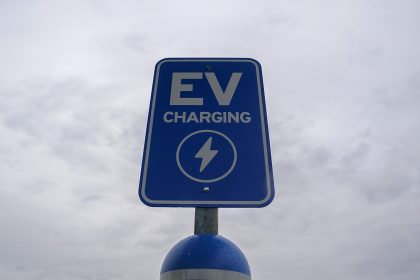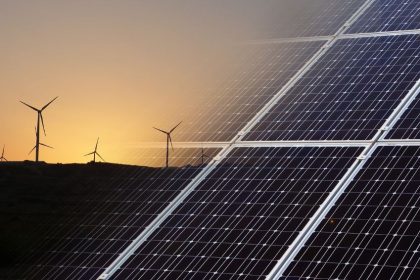$750M Dedicated to Dramatically Reduce Cost of Hydrogen Technologies

WASHINGTON — The Energy Department is making $740 million in bipartisan infrastructure law funding available to dramatically reduce the cost of clean-energy technologies.
According to department officials, who announced the funding last week, the infusion of money is crucial to the administration’s effort to accelerate the widespread use of clean hydrogen and bolster commercial-scale hydrogen deployment.
Produced with net-zero carbon emissions, clean hydrogen is a key pillar in the emerging clean energy economy and will be essential for achieving the president’s goal of a 100% clean electrical grid by 2035 and net-zero carbon emissions by 2050, the department said in a press release.
In the same release Energy Secretary Jennifer Granholm said the administration’s ongoing investment in “cutting-edge research and development” is “making market-ready clean energy a reality.”
Clean hydrogen — which is produced with zero or next-to-zero emissions from renewables, nuclear energy or natural gas with carbon sequestration — is widely seen as playing a vital future role in reducing emissions from some of the hardest-to-decarbonize sectors of the economy, including industrial and chemical processes and heavy-duty transportation.
Clean hydrogen can also support the expansion of renewable power by providing a means for long-duration energy storage and offers flexibility and multiple revenue streams to all types of clean power generation.
Together with the regional clean hydrogen hubs (H2Hubs), tax incentives in the Inflation Reduction Act and ongoing research, development and demonstration in the DOE Hydrogen Program, these investments will accelerate the technical advances and scale-up needed to achieve DOE’s Hydrogen Shot goal of $1 per kilogram of clean hydrogen within a decade, the department said.
Managed by DOE’s Hydrogen and Fuel Cell Technologies Office, projects funded through the newly announced opportunity will address underlying technical barriers to cost reduction that can’t be overcome by scale alone and ensure emerging commercial-scale deployments will be viable with future lower-cost, higher-performing technology.
Dan can be reached at [email protected] and at https://twitter.com/DanMcCue

























